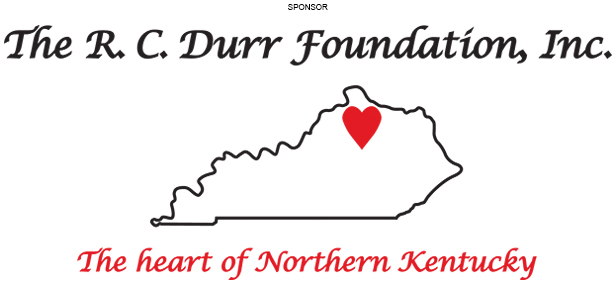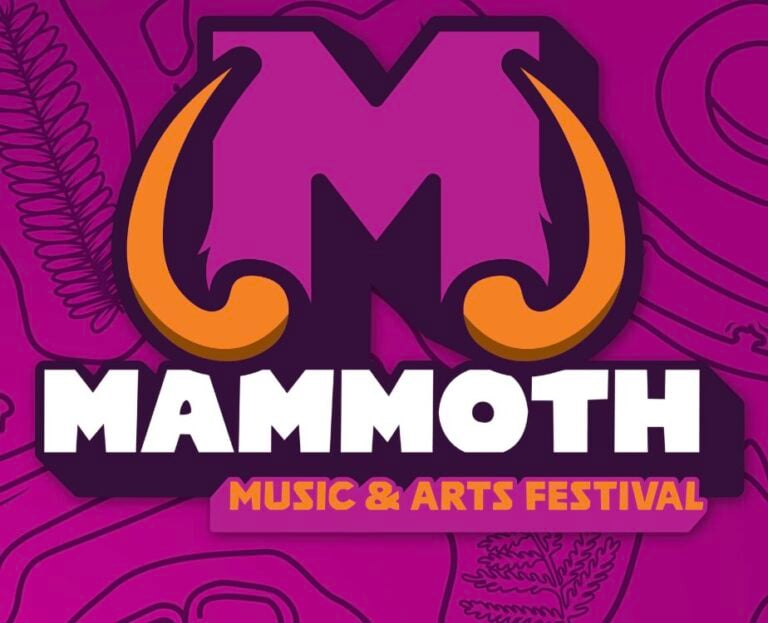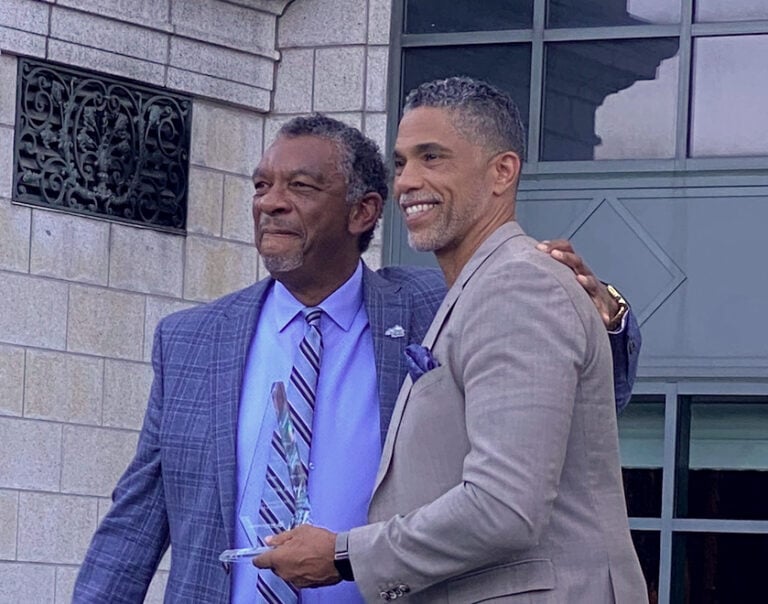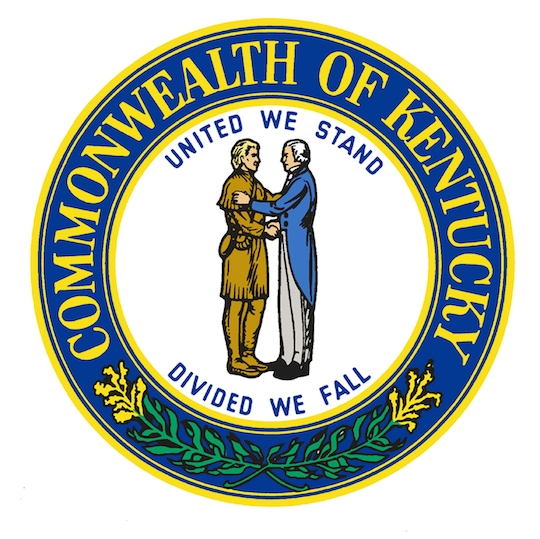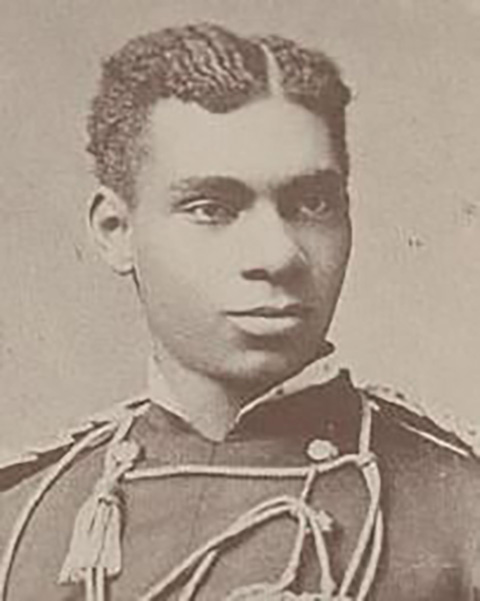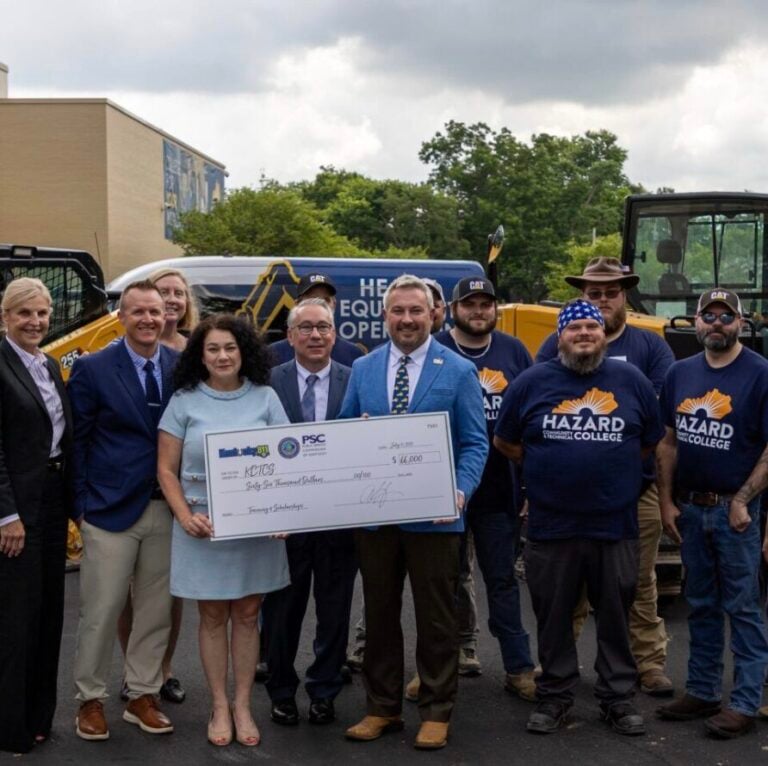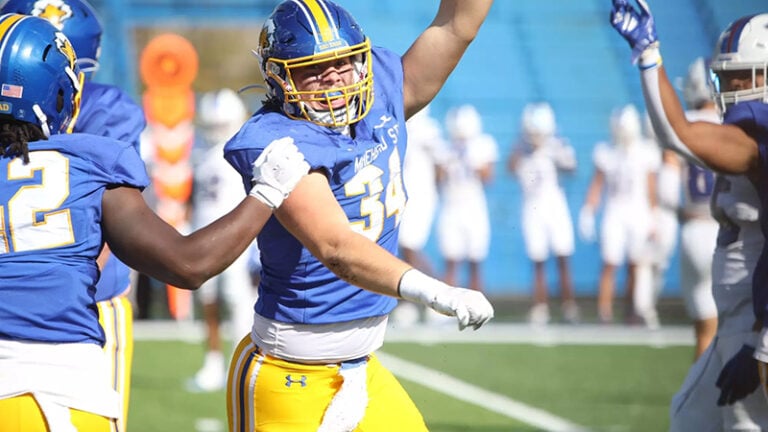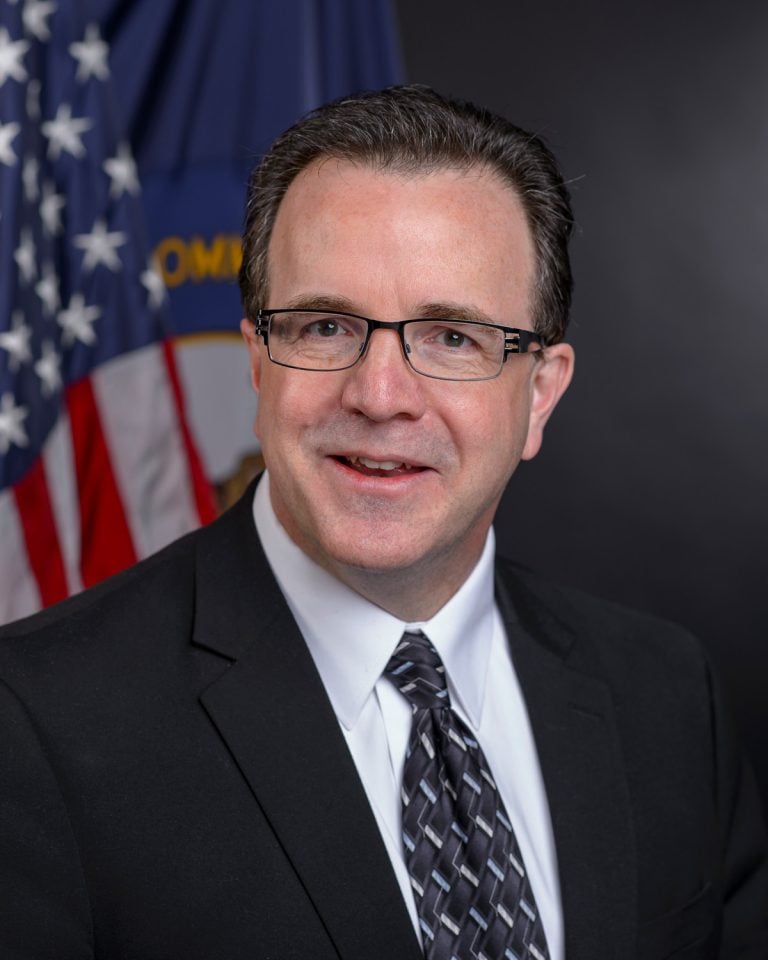From the swamps of Florida to the rolling hills of the Bluegrass State, the white-tailed deer has become a wildlife icon.
Country singer Dustin Lynch serves as narrator and guides viewers on the unlikely journey of white-tailed deer from near extinction to the ecological and economic hero of today.
The hour-long documentary was created by the Southeast Deer Partnership, which was formed in 2020. Other sponsoring agencies include the Kentucky Department of Fish and Wildlife Resources (KDFWR), 11 other state wildlife agencies in the southeastern U.S., the National Deer Association, and the U.S. Fish and Wildlife Service.
Private sector entities Cabela’s and the mapping ap On X Hunt who have vested interests in the future of deer hunting, wildlife management and conservation, were also sponsors.
WildTail: America’s Wildest Conservation Success Story premiered in Kentucky on September 21 at a private screening at the Kentucky Historical Society in Frankfort, attended by KDFWR employees, Kentucky Fish and Wildlife Commission members, the film’s production crew and invitees. There have been, or will be, premiers in all the other sponsoring states.
The film has many beautiful closeups of deer in their natural habitats, and features interviews with wildlife administrators and biologists in several southeastern states, including Rich Storm, KDFWR Commissioner.
“The recovery of the white-tail deer population detailed in WildTail is a robust example of the benefit of thoughtful conservation management efforts practiced over decades,” said Storm. “Kentucky’s deer population is a cornerstone to our economic development efforts to support outdoor recreation in communities across the state and to safeguard natural habitats for native wildlife now and well into the future.”
Film Distribution ScheduleMovie Storylines
Several storylines are advanced in the movie, including:
• Humans as hunters.
In ancient times, humans were hunters and gatherers, who hunted to survive. So hunters have always been a part of the web of life. Today, 79 percent of hunters pursue deer, and there is an estimated 10 million deer hunters in America.
• Deer populations in America, Kentucky and the southeastern U.S. states.
In 1942 there were an estimated 2.5 million white-tailed deer in America. Today, there are over 30 million, more deer than prior to settlement by Europeans.
The first long hunters, explorers and land speculators who ventured west of the Appalachians in the 18th century found a land that was rich in natural resources.
The land that would become Kentucky, the first state west of the Appalachians, was bounded on three sides by major rivers, with five distinct physiographic regions, and thousands of miles of smaller rivers and streams teeming with fish and mussels. Old-growth forests covered 90 percent of the 40,395 square miles.
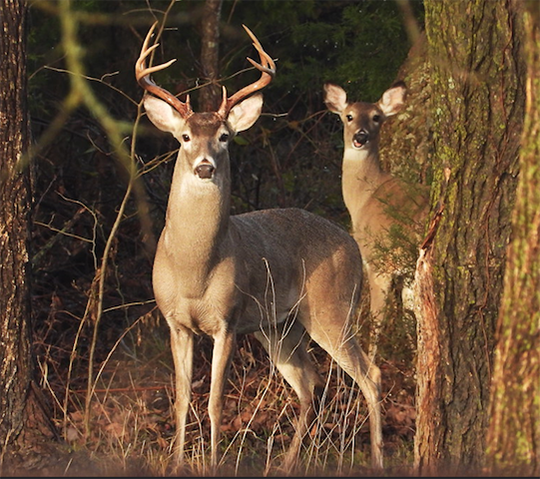
There were vast tall grass prairies, licks where salt water bubbled out of the ground, and an estimated 1.5 million acres of wetlands. In the rolling land of the interior, park-like savannas stretched for miles, with clusters of burr oaks and blue ash trees interspersed by grasslands, and vast stands of river cane.
There were thundering herds of bison, black bears, wolves, majestic woodland elk, and a white-tailed deer in seemingly every forest opening.
Frontier hunters harvested deer for their skins to make clothing and leggings, and relished venison backstraps and hams cooked over open fires.
But more than a century of habitat destruction and subsistence hunting by 19th century settlers took its toll on local herds. Deer numbers crashed. By 1915 deer were absent from most of Kentucky, except for remnant herds in a handful of counties in western Kentucky.
It would be 84 years before deer restoration efforts would be complete in all 120 Kentucky counties.
Hunters from the Baby Boomer generation, who started hunting deer in Kentucky as teenagers or young adults during the 1960s and 1970s, had to travel great distances just to see a deer. It was a time when this important native species was still absent from many counties in the state.
Kentucky’s deer herd was brought back from the verge of extinction beginning in 1917 by many means through the years including importing deer from other states, captive rearing programs, creating refuges, prohibiting hunting, and extensive trapping and relocation, to establish herds in all 120 counties.
Today, Kentucky’s deer herd numbers about one million.
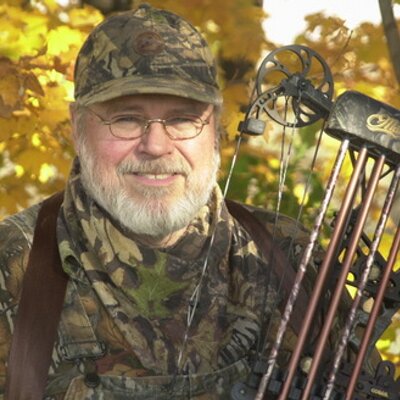
• The economic impact of deer hunting.
Hunters spend billions of dollars on gear. Deer hunting generates tax revenues and creates over 680,00 jobs a year. In the southeast states alone, deer hunters spend $991 million to buy and lease land for hunting.
• How hunters fund the conservation and management of all wildlife, both game and non-game.
Hunters provide the lion’s share of funds for the management of all wildlife species through the licenses and permits they buy, and the excise taxes they pay on gear.
On private lands hunters become defacto land managers, planting food plots, mowing seasonally, and improving habitat not only for deer, but all wildlife.
The film explains just how important hunters are, without them where would the money come from to benefit all wildlife.
The uncertain future of deer hinges on the decisions of Americans today.
• How Americans interact with the 30 million white-tailed deer in America.
Hunting controls deer numbers and keeps the sex ratio of herds in balance.
Over populated herds create problems including crop damage on farmlands, damage to suburban vegetable and flower gardens and landscaping shrubbery. But the most egregious problem for humans is deer/automobile collisions, which cause millions of dollars in damage to vehicles, and is directly responsible for hundreds of human deaths each year.
• The six million deer harvested by hunters translates into 1.2 million meals.
Deer meat (venison) as tablefare is unmatched.
It’s the original local, free-range red meat, with fewer calories than beef or pork, and less cholesterol than chicken.

The USDA Nutrient Data Laboratory reports that a serving of three ounces of venison has 133 calories and only about seven grams of fat. This includes more than four grams of monounsaturated fats, which can help lower bad cholesterol levels and reduce the risk of heart disease and stroke if eaten in moderation, according to the American Heart Association.
Venison is a good source of protein, too, as well as vitamins B12, B6, B3, and B2, and trace minerals — phosphorous, selenium, zinc, and iron.
Boneless venison chops and burgers made from ground venison are summertime favorites on the BBQ grill, and often featured in holiday meals.
Deer in the wild are free of the growth hormones and antibiotics that most commercial beef cattle typically receive when they are fed corn and other grains while being “finished” in feed lots.
Hunters donate some of the deer they take to designated processors, who butcher and wrap the venison for distribution to local food banks, to feed the needy.
• The personal journey of one non-hunter, to becoming a deer hunter.
A young female opera singer learns to shoot a centerfire rifle and harvests her first deer on camera. She smiles and hugs her female mentor.
WildTail provides us with a practical blueprint for protecting America’s native wildlife, and explains the tenents of the North American Model of Wildlife Conservation, most notably that wildlife is public resource, managed for the benefit of all people.
“WildTail is more than a film. It’s a wake-up call, a compelling narrative that underscores the critical role each of us plays in the future of America’s native wildlife. We hope this film will inspire viewers to join us in our commitment to conservation,” said Kip Adams, National Deer Association’s Chief Conservation Officer and steering committee member for the Southeast Deer Partnership.
Film distribution schedule
WildTail will release for rent ($4.99) or purchase ($9.99) on Amazon, iTunes and Google Play on October 27. The pre-order period started September 27.
On December 1, the film will be released to advertising streaming on demand (AVOD) platforms Tubi, YouTube TV and Roku.
On January 1, streaming on demand providers Netflix, Hulu and Amazon Prime will have the option to pick up the film.
All revenues from the film go directly to the Southeast Deer Partnership for funding continuing conservation efforts as determined by the partner state agencies.



